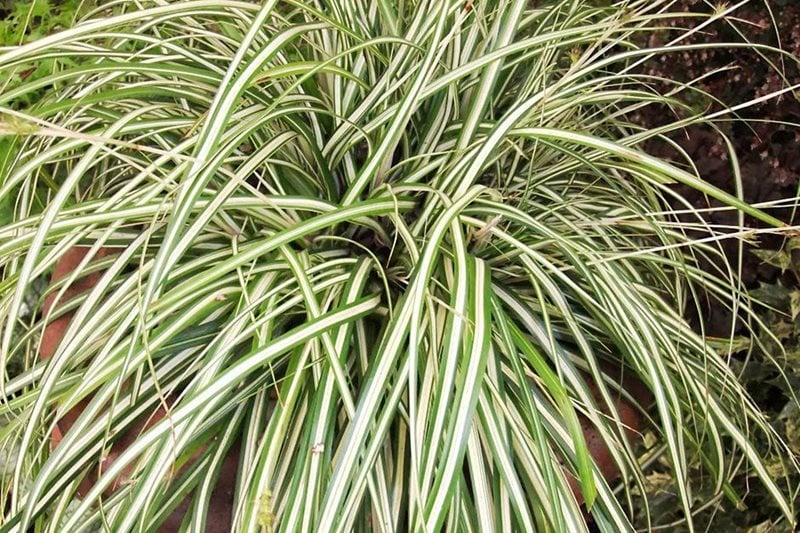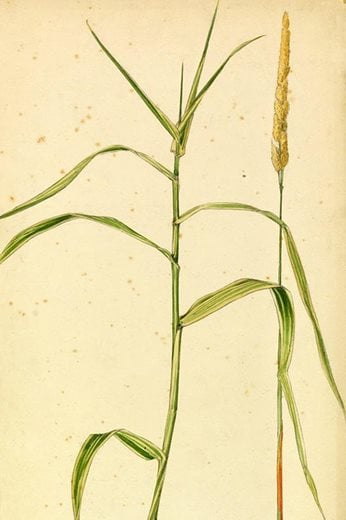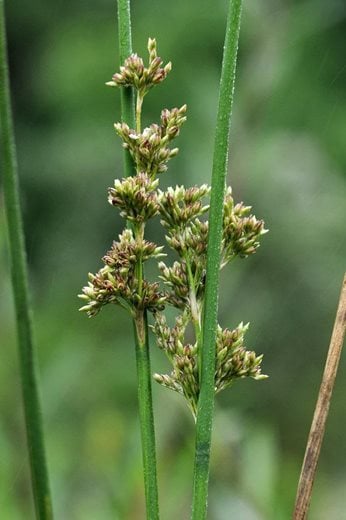When it's a rush or a sedge! But how do you spot the difference? Jon Ardle, Technical Editor of 'The Garden' guides us through the maize

Grasses, from the family Poaceae, are one of the most successful plant groups on earth. They range from diminutive, fine-leaved fescues (Festuca), only a few centimetres high, to mighty bamboos many metres tall. Mankind depends on grasses: wheat, barley, rice, oats and sweetcorn are all grasses.
But not every plant with narrow, strap-like leaves is a member of the grass family. Calling all ornamental garden plants with narrow leaves ‘grasses’ is not only incorrect botanically, it can mislead the gardener when siting their plants. Most grasses prefer well-drained, dryish conditions and full sun, whereas most sedges, rushes and reeds like it moist. Some sedges and woodrushes will also thrive in fairly deep shade.
So, as narrow leaves are not a characteristic specific to grasses, other features such as the structure of flowers, stems, leaves and seedheads should be examined. As most of these plants are wind-pollinated, their flowers lack showy petals to attract insects and are often dull-coloured and bunched together into ‘spikes’. However, all share the characteristic that their narrow leaves grow from their bases rather than their tips – enabling them to keep growing, even if browsed by herbivores.
 True grasses (Poaceae)
True grasses (Poaceae)
Grasses have hollow stems called culms, plugged at intervals by solid nodes bearing the leaves. The lower part of each leaf wraps around the stem, and the upper part forms the leaf blade.
Bamboos are large grasses that have evolved the ability to form perennial woody stems or culms. Grasses first appeared 80-100 million years ago.
Grass flowers are characteristically arranged in spikelets, each made up of one or more florets which are grouped into panicles (or spikes). These usually contain both male and female flowers.
Ornamental examples for the garden include Miscanthus sinensis 'Ferner Osten’ and Stipa gigantea.
Sedges (Cyperaceae)
 More ancient than grasses (appearing more than 160 million years ago), and more tolerant of wet conditions. There are some 5,500 species of sedge.
More ancient than grasses (appearing more than 160 million years ago), and more tolerant of wet conditions. There are some 5,500 species of sedge.
Their stems are solid, not hollow, and usually triangular in cross section. Leaves are arranged spirally in three ranks – grasses have alternate leaves forming two ranks.
Sedge flowers are wind-pollinated, small, often brown or black with separate male and female flowers being borne on the same plants.
Carex, the biggest sedge genus, includes the garden-worthy Carex elata ‘Aurea’ AGM and Carex oshimensis ‘Evergold' AGM.
 Rushes and woodrushes (Juncaceae)
Rushes and woodrushes (Juncaceae)
Juncus are wetland specialists. Their flowers are made up of five whorls of flower parts: three sepals, three petals, 2-6 stamens in two whorls, and a stigma with three lobes.
The stems are round in cross section, and in many species the leaves are reduced to sheaths around the base of the stem. The bract around the flower can look like a continuation of the stem, so flowers appear to stick out of the side of stems.
Juncus effusus f. spiralis is an odd plant with corkscrew leaves, while Juncus patens ‘Elk Blue’ is grown for its steel-blue foliage. Luzula sylvatica, our native woodrush, is a useful, shade-tolerant plant ideal for ground cover; ‘Marginata’ is a gold-variegated selection while ‘Aurea’ is all gold.

